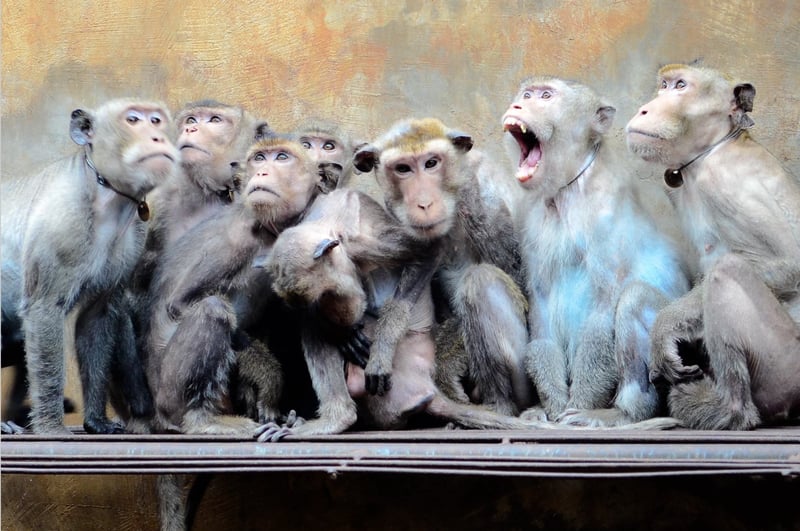
Exposed: The Dark Reality of Profit-Driven Wildlife Farms
Press release
New research reveals staggering statistic: 5.5 billion wild animals bred globally each year for profit.
For immediate release
Contact: Jeanne Turkheimer
World Animal Protection’s new report entitled Bred for Profit: The Truth about Global Wildlife Farming reveals for the first time the vast scale of this exploitative industry. Extensive research uncovered that billions of wild animals are bred each year and suffer on wildlife farms for uses such as “pets,” entertainment, tourism, hunting, fashion, luxury goods, and traditional medicine. There is an astonishing lack of transparency and inadequate monitoring across this global multi-billion-dollar industry.
Animals held on wildlife farms suffer from malnourishment, disease, stress-induced behaviors, injuries, infected wounds—and even cannibalism. The report, compiled using Freedom of Information requests and other research, also details how high numbers of animals living in cramped, unhygienic conditions put their caretakers and the public at risk of zoonotic diseases—potentially to pandemic proportions.
Our research found very little to no evidence supporting erroneous claims that captive breeding reduces pressure on wild populations. Shockingly, some captive wildlife populations are now larger than those living free.
Some industries where urgent action is needed include the some 20,000 bears in China who are farmed for their bile on dozens of farms, the nearly 3,000 elephants in Thailand who have been bred in captivity and are forced to entertain tourists across 246 venues, and the approximately 8,000 big cats in South Africa who are bred at 366 known facilities and used for tourist entertainment and trophy hunting.
In the US, dozens of wild animal species are farmed commercially, including ball pythons and parakeets who are sold at big box pet stores like Petco and minks at fur farms who are killed for their skins. Efforts are underway to address the commercial breeding of wild animals. For example, Washington DC banned the sale of almost all animals (mammals, arachnids, reptiles, amphibians, and birds) in pet stores. The Mink VIRUS Act (H.R. 3783), currently pending in Congress, would end the farming of mink for fur. But stronger, more comprehensive legislation is critical.
World Animal Protection is urging governments worldwide to take immediate action by implementing a comprehensive and timely phase out of commercial wildlife farms and associated trade. Additionally, we are calling for increased support for alternative livelihoods for those communities currently involved in the wildlife farming industry, to ensure a just transition away from these harmful practices.
Whether it be for the pet industry, trophy hunting, entertainment, traditional medicine, decoration, or fashion–this must be the last generation of wild animals farmed for profit. Wild animals are suffering in cramped, dirty cages right now waiting to be killed or sold into a lifetime of captivity. While many Americans might think of wildlife farming as another country’s problem, millions of wild animals are bred in mills in the US to be sold in pet stores like Petco or bred at fur farms to be killed and made into coats. There is no justification for this cruelty. Wild animals have the right to a wild life.